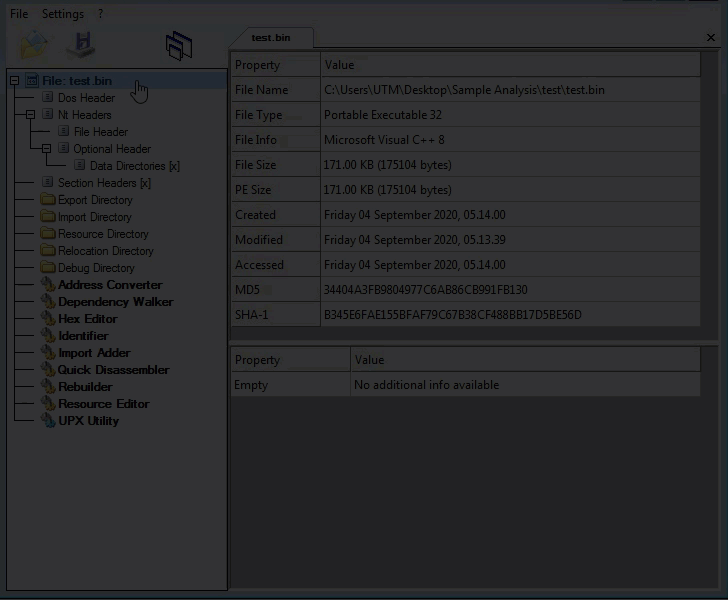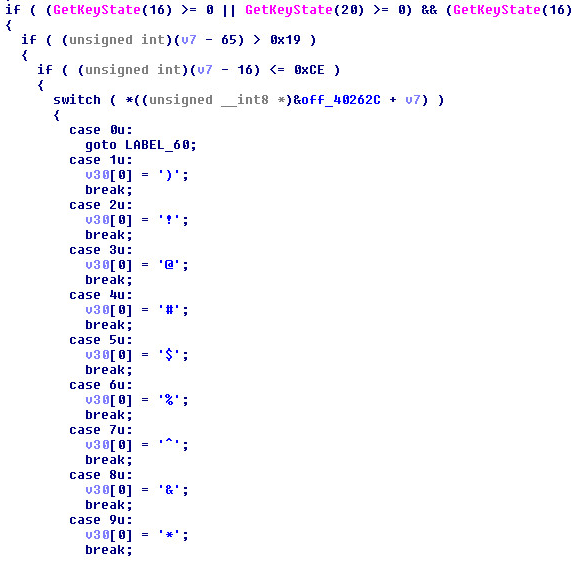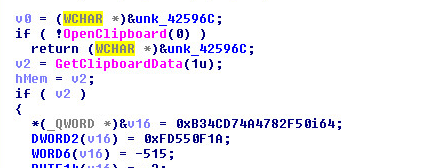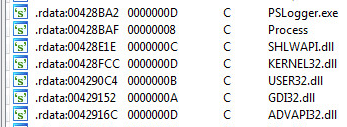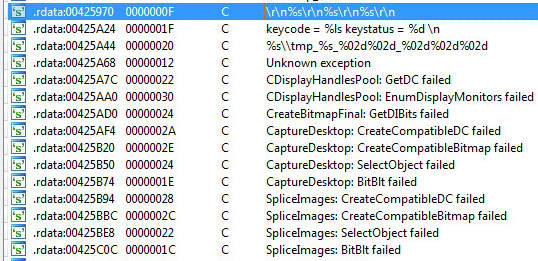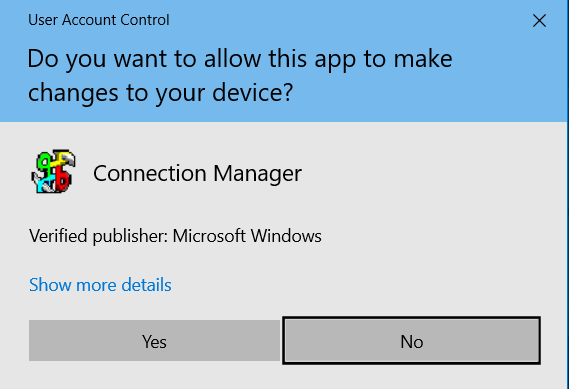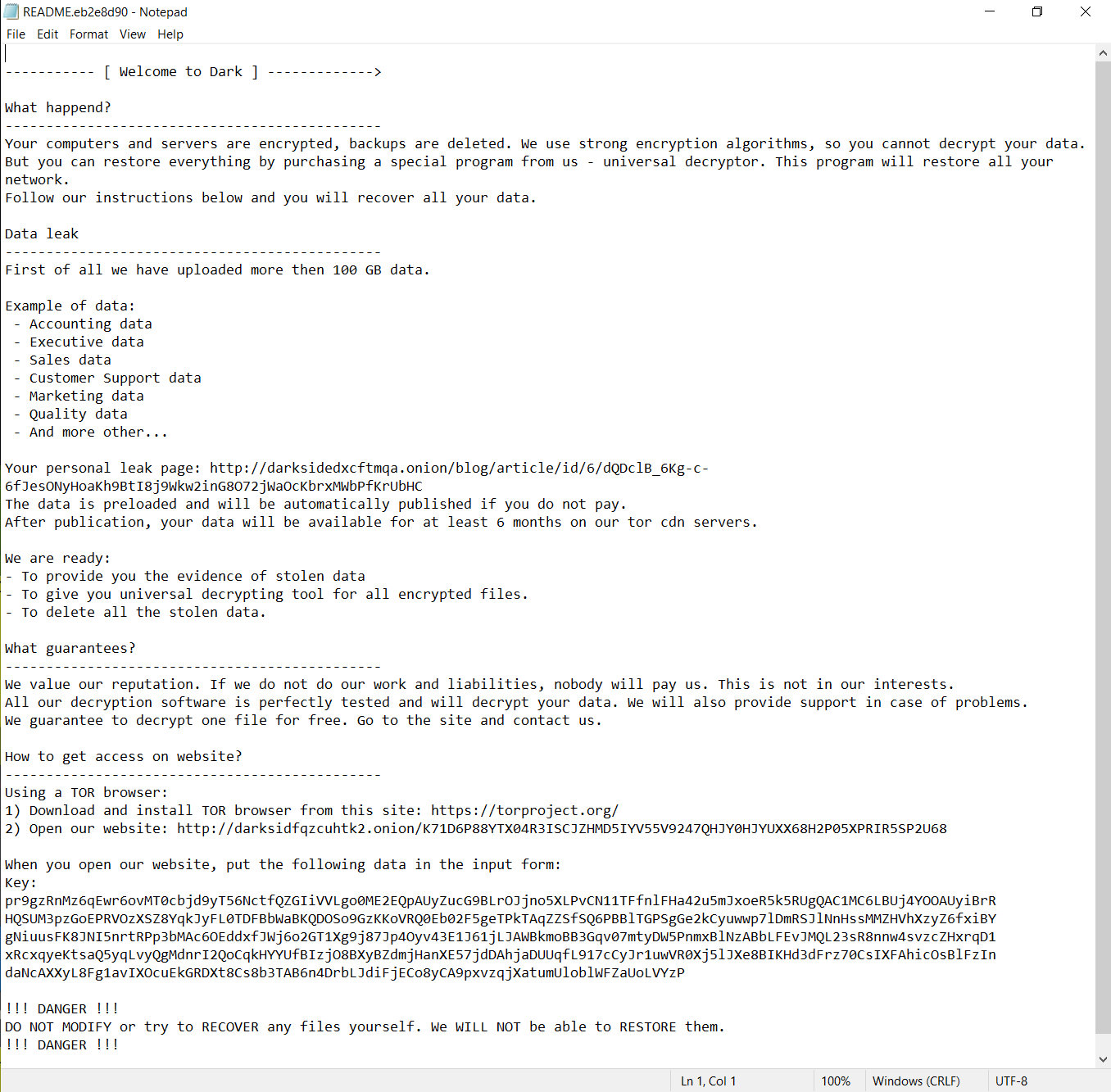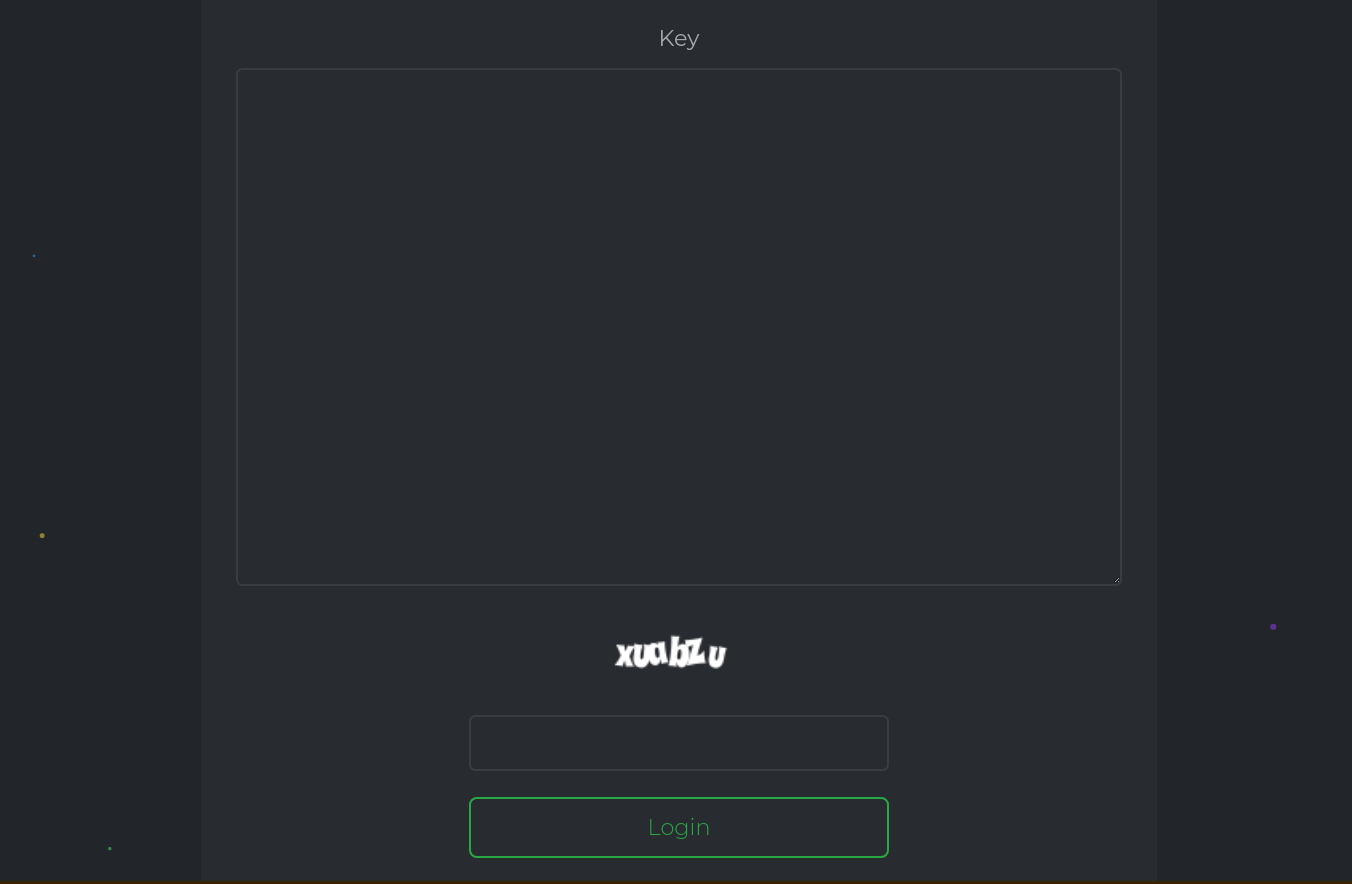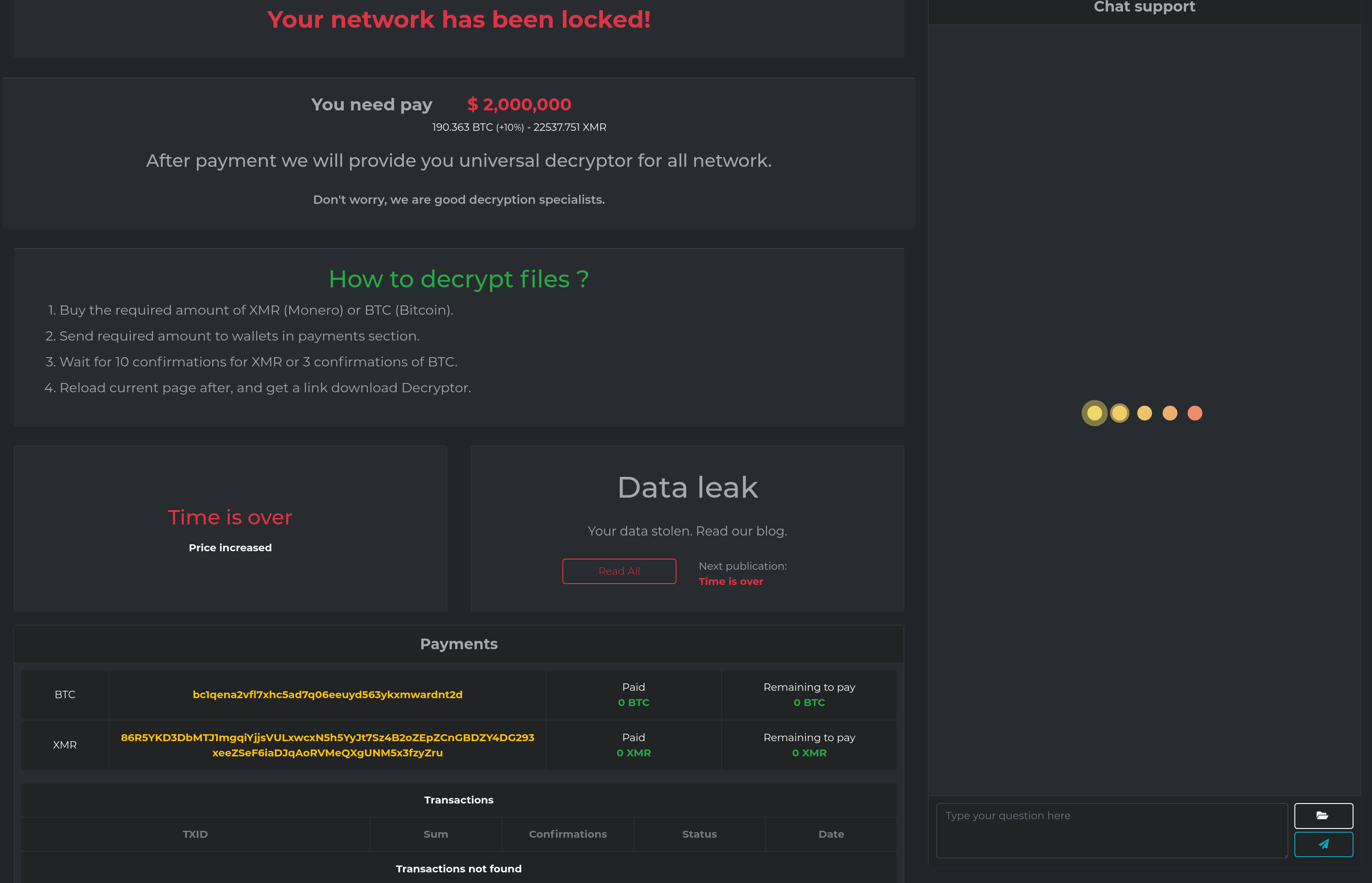Have you ever found yourself wondering whether you should click a URL you received in an email? Thinking, “Where does the URL really go? Is it safe for me to access, or is there malware or a fake login page on the other end?”
You don’t have to wonder anymore — SonicWall is excited to announce that Cloud App Security now provides even more URL protection straight out of the box. In addition to pre-delivery email URL analysis, Cloud App Security now includes Click-Time Protection to block URL access to sites that were initially benign but are now malicious.
Attacks evolve with each passing day, and differentiating a legitimate link from a malicious link is a constant challenge. Attackers attempt to evade detection by using compromised servers that appear benign until after the message has been delivered. But with Click-Time Protection, you get an additional layer of safety. Each and every time a user clicks on a URL received in email, it is analyzed, and access is blocked if that website is found to be malicious.
Secure Mail in Transit
“You can’t be what you can’t see” is a simple way to explain how SonicWall Cloud App Security helps you secure your inbox. Virtual inline protection analyzes URLs contained in emails before they’re delivered to the user’s mailbox. URLs found to be malicious are blocked, never getting to the user. URLs that are benign at delivery will now be replaced with a SonicWall URL. When anyone clicks that link, SonicWall will test the site before redirecting it to the user.
SonicWall Cloud App Security provides Pre-Inbox and Post-Delivery solutions and protects against ever-increasing zero-day malware and malicious sites. Then it goes one step further, scanning emails across the company and retracting any other email that might be affected by the same threat.
Behind the Scenes: How We Protect Users
Regardless of whether you’re securing a few users or a few thousand users, the configuration options are simple and easy to manage. SonicWall Cloud App Security’s Click-Time Protection offers the flexibility to configure policy for all users, specific users, or a group, and provides three actions to choose from:
- Do nothing: Trust the user’s judgment and allow access to the site.
- Block: Prevent the user from visiting the site when the URL is found to be malicious.
- Warn: Notify if malicious, but allow the user to choose to proceed to the site.
Once Click-Time Protection has been enabled and policies are set, all links contained in incoming emails are replaced with SonicWall links. When the user clicks on a link, it triggers an immediate scan of the target site. If it is determined to be benign, the user continues without interruption. If it is determined to be malicious, the user is sent to a warning page. The user may be provided a link to the malicious page based on the policy and group he has been assigned to by the admin.
Enhanced Visibility — Analysis and investigation
Encountering a threat and obtaining forensic details of that threat are two separate actions that SonicWall’s Cloud App Security seamlessly stitches together without losing the essence or any details in translation. Each stage of the Click-Time Protection process is recorded for investigation and auditing purposes, from the original URL substitution event to the result of the time-of-click scan. Each step is logged and can be readily accessed based on the threat type. The events are grouped together so the activity can be easily understood.
Completing the Security Loop
The addition of Click-Time Protection to SonicWall Cloud App Security bolsters post-delivery protection, making our advanced anti-phishing technology even more robust. SonicWall Cloud App Security delivers next-gen security for SaaS applications, protecting email, data and user credentials from advanced threats while ensuring compliance in the cloud. SonicWall Cloud App Security also provides API-based security for software as a service (SaaS), delivering visibility, data security, advanced threat protection and compliance — all with low TCO, minimal deployment overhead and a seamless user experience.
To learn more about SonicWall Cloud App Security, click here.

